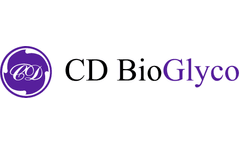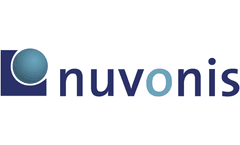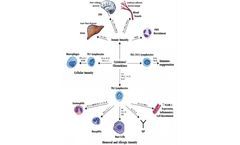Alpha Interferon Articles & Analysis
14 articles found
Prolonged Half-Life PEGylation increases hydrodynamic volume, preventing rapid kidney filtration and extending plasma half-life. For example, PEGylated interferon-α (Pegasys® and PegIntron®) shows a 5-10-fold longer half-life than its non-PEGylated counterpart, allowing weekly dosing instead of daily injections. 2. ...
Some of the primary classes include interleukins (IL), interferons (IFN), tumor necrosis factors (TNF), colony-stimulating factors (CSF), chemokines, and growth factors (GF). ...
Type A ODNs, which feature a central palindromic CpG-containing phosphodiester (PO) structure followed by a phosphorothioate (PS) homopolymeric G-stretch, are robust inducers of interferon-α (IFN-α) production and dendritic cell maturation. ...
Cytokine Classification Cytokines are categorized into various subtypes, including interleukins (IL), interferons (IFN), tumor necrosis factor (TNF), colony-stimulating factor (CSF), chemokines, and growth factors (GF). ...
Interleukin-2 (IL-2) is a 15kDa secretory protein with a 4-alpha-helical bundle structure. As a T-cell related growth factor, IL-2 can enhance the killing activity of NK cells and promote B cells to produce immunoglobulins. In addition, it aids in the development of regulatory T cells (Tregs), thereby producing peripheral T cell immune tolerance, as well as regulating the proliferation and ...
Nowadays, PEGylation has become the leading approach for overcoming most of the limits of biologics and numbers of FDA approved PEGylated products like enzymes (bovine adenosine deaminase and urate oxidase), cytokines (interferon-α2a, interferon-α2b), granulocyte colony stimulating factors, hormones (epoetin-β), ...
Hundreds of millions of people suffer skin tissue damage every year, including accidental injury, surgical injury, chronic ulcer, etc., and severe cases may lead to amputation or even life-threatening. Suturing is currently the preferred method for clinically closing wounds. However, wound suturing takes a long time during the operation, and removing the stitches will cause secondary damage to ...
Unlike other mammalian cells, they do not secrete interferon alpha or beta when infected by viruses – this is one of the reasons that efficient replication of many viruses can be achieved in Vero cells, leading to high virus titers. ...
ByNuvonis
Cytokines are small soluble proteins that are secreted by immune cells and tissue cells to play a regulatory role between cells, including interferon (IFN), interleukin (IL), chemokines, colony-stimulating factors (CSF), tumor necrosis factors (TNF) and so on. ...
Adoptive cell transfer (ACT) therapy is one of the most effective therapeutic options for tumor immunotherapy that is currently emerging in clusters. Chimeric antigen receptors (CARs) and engineered T cell receptors (TCRs) are the main adoptive immunotherapies in recent years. TCR-engineered T cells express tumor antigen-specific receptors with alpha and beta chains generated from high-quality, ...
Secretory TNF-α is a 17 ku non-glycoprotein, mainly produced by monocytes, macrophages and T cells. Interferon-gamma (IFN-γ) IFN is divided into type I and type II. Type I includes IFN-α and IFN-β, and type II is also known as IFN-γ. ...
In a study of hepatitis C patients, protease slightly outperformed alpha-interferon in improving assay values and symptoms. Proteases also appear to be helpful for symptoms of acute and chronic respiratory distress. ...
More than 10 types of interferons have been identified and can be classified into alpha, beta and gamma (α, β and γ) types, which are subdivided into different subtypes. α and β interferons are mainly produced by virus-infected cells, while γ interferons are ...
Interferon (IFN) is an important mediator of innate and adaptive immunity. Interferons are generally composed of three types of cytokines: type I interferon family encoded by a variety of genes, mainly including a variety of interferon-α subtypes and interferon-β; type II ...










